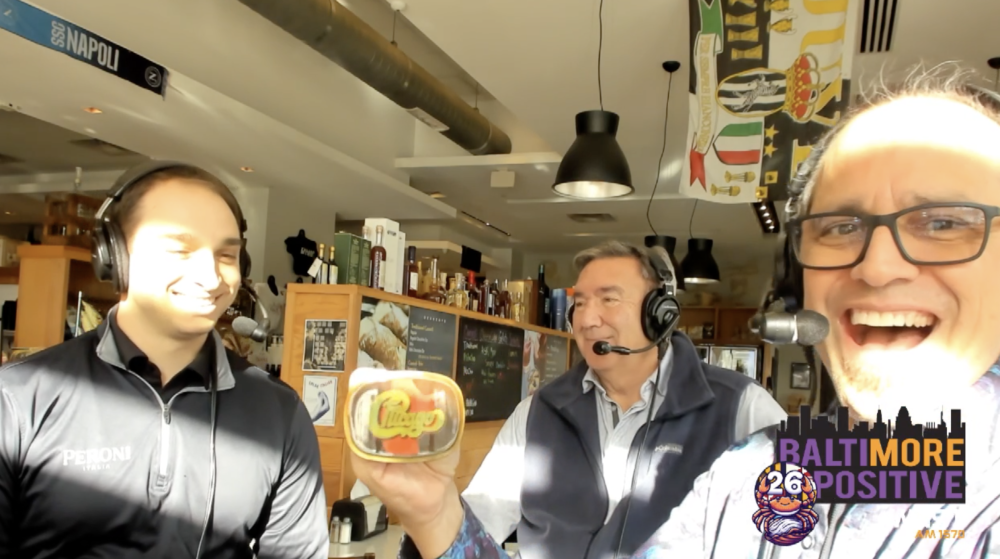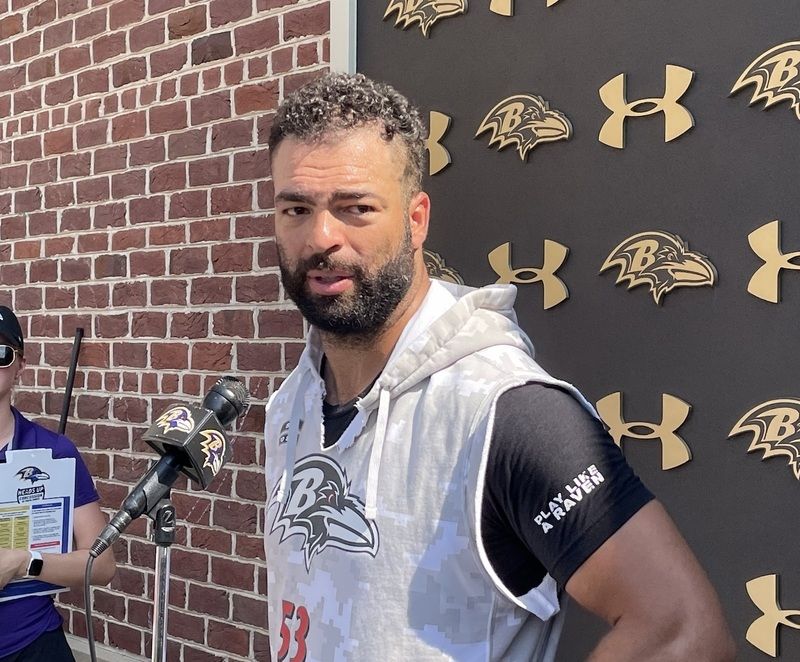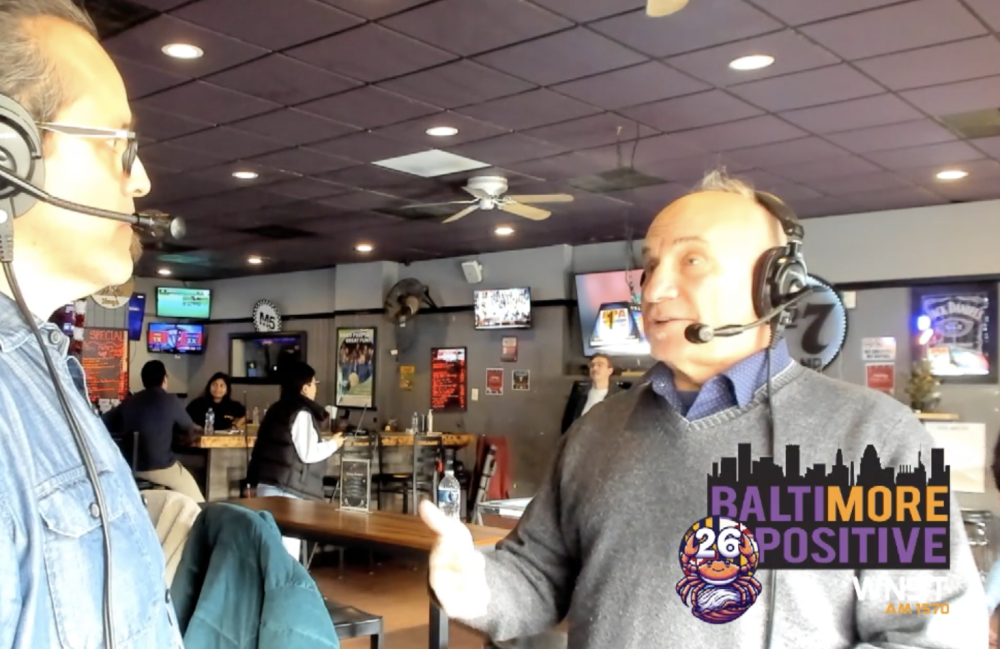In Part 1 of my 10 Questions for 2010, we pondered the health of Brian Roberts, the status of Jeremy Guthrie and Chris Tillman, and the platoon of Felix Pie and Nolan Reimold.
Here are my second five of 10 questions entering the 2010 season:
6. Is the bullpen up to par?
Following the trade of George Sherrill last summer, it was clear the Orioles struggled in the late innings with Jim Johnson better suited in his previous role as a setup man. Andy MacPhail responded by signing free agent closer Mike Gonzalez to a two-year, $12 million contract, the club’s largest signing of the offseason.
Gonzalez has 54 career saves in a seven-year career, including 10 last season in Atlanta. While the lefty seems capable of closing games–keep in mind Sherrill was never a closer before the trade to Baltimore–Gonzalez battled a stiff back and appeared hesitant to cut it loose in Sarasota until recently. He closed out the spring with a perfect outing against the Mets on Saturday, striking out two and lowering his spring ERA to 5.14.
Gonzalez is joined in the bullpen by two mainstays in Johnson and lefty Mark Hendrickson, who thrived in the bullpen (3.44 ERA) after being moved out of the starting rotation (5.40 as a starter) last season.
However, after these three, the bullpen becomes a bit murkier, especially with Koji Uehara on the disabled list (hamstring) to begin the season. Cla Meredith had a tremendous spring (0.84 ERA) and pitched well in Baltimore after being acquired from the Padres last season but is certainly not a household name with a track record. Newcomer Will Ohman figures to provide plenty of laughs, but Trembley would like to see him evolve into an effective left-handed situational arm (a career 4.25 ERA in seven seasons).
And with three pitchers 25 or younger in the starting rotation, the club will go with two long men in Matt Albers and Jason Berken. Albers was very effective in 2008 (3.49 ERA), but a shoulder injury (torn labrum) and questions surrounding his conditioning led to an abysmal 2009 season in which he pitched to a 5.51 ERA and was demoted to Triple-A Norfolk on three different occasions.
Berken shifts to a long-relief role after starting 24 games last season (6.54 ERA). While the 26-year-old lacks the stuff of an effective starting pitcher, Trembley will look for him to eat innings should a starter be knocked out early. Of course, Berken could find himself back in the starting rotation should there be an injury or two over the course of the seaosn.
A player to keep an eye on at Norfolk is Kam Mickolio, a hard-throwing righty (part of the Erik Bedard trade with Seattle) who appeared to have a good chance of making the 25-man roster before a groin injury limited his opportunities in the spring. He projects as a late-inning man with closer potential.
As is the case with any bullpen on any team, the starting pitching will ultimately decide its fate. If starters are unable to reach the sixth or seventh inning on a consistent basis, this bullpen will inevitably wear down as we’ve seen just about every summer over the last 12 years. Improved starting pitching will hide the weaknesses in the bullpen and allow more opportunities to finish games.
7. Will Miguel Tejada and Garrett Atkins prove to be capable stopgaps?
The corner infield positions were two of MacPhail’s biggest priorities to address in the offseason, and he responded by adding two veterans accustomed to playing different positions than they will in 2010.
Tejada’s return to Baltimore was a controversial decision, but his ability to adjust to third base will be critical to the infield defense and pitching. Most seem to think Tejada will become a capable third baseman, but it’s hard to forget the initial struggles of both Cal Ripken and Melvin Mora when they shifted to the hot corner. One would expect Tejada to struggle in the first month or two of the season before settling in to be an average third baseman.
Tejada will also be asked to handle the cleanup spot in the order, at least until Matt Wieters is ready to grab the reins. While no longer capable of hitting 25 home runs per season—he hit just 27 in two combined seasons in Houston—Tejada led the National League with 47 doubles in 2009.
Across the diamond, Atkins shifts to first base after primarily manning the hot corner in his seven seasons in Colorado. Atkins has played 105 career games at first, so the transition should not be as drastic as Tejada’s.
The acquisition of Atkins was a curious one with the 30-year-old coming off the worst season of his career (.226, 9 home runs, 48 RBI) and safer options such as Adam LaRoche available. The club hopes Atkins can regain his pre-2009 form when he averaged 25 home runs and 110 RBI over three seasons.
Neither player figures to be in the fold when the Orioles aim to contend in the next few years—both signed one-year deals—but with prospects Josh Bell and Brandon Snyder likely a year away from the big leagues, Tejada and Atkins will be depended on for offense and steady defense on the corners. At the very least, neither contract will come back to haunt the club should either player prove ineffective.
8. How good will Brian Matusz be?
Though the hype hasn’t rivaled the insane expectations for Wieters, Matusz appears set to contend for the 2010 American League Rookie of the Year after starting eight games down the stretch, going 5-2 with a 4.63 ERA.
His 2009 minor league numbers look like something out of a video game, as he went a combined 11-2 with a 1.91 ERA at Single-A Frederick and Double-A Bowie. In fact, Matusz was even better after being promoted to Bowie, going a perfect 7-0 record with a 1.55 ERA in eight starts.
Matusz was fantastic in the spring, finishing with a 2.59 ERA while striking out 21 and walking just three in 24.1 innings.
There’s a reason why he’s on every top-10 prospect list you’ll find this spring. Though Matusz would be hard-pressed to match Mike Mussina’s numbers in his first full year in 1992, don’t be shocked if he’s the Orioles’ best pitcher by mid-season. He might be already.
A scout was recently asked about Matusz in Baseball Prospectus: “He might have been the best pitcher I saw all spring, and I’m not just talking about prospects.”
Need we say more?
9. Is Dave Trembley managing his last season in Baltimore?
While many wondered about Trembley’s job security as the Orioles collapsed down the stretch last season, which included a 13-game losing streak that nearly pushed the club past the 100-loss mark, MacPhail retained Trembley while also declaring the 2010 season would be judged more critically on wins and losses.
It’s clear Trembley has had a near-impossible task trying to win with inferior talent in the AL East, but the skipper cannot expect a free ride either. Baserunning gaffes, poor fundamentals, and questionable bullpen management were major issues in 2009, regardless of who was on the field. It’s no secret the Orioles lack the talent of the Yankees, Red Sox, and Rays, so playing fundamentally-sound baseball is an absolute necessity if the club wants to improve in 2010.
Trembley’s supporters continue to claim he hasn’t had a chance to compete in his three seasons as manager, but the lack of talent cannot excuse some of the problems witnessed in 2009. Having bad players doesn’t mean you’re a bad manager, but it doesn’t mean you’re a capable manager either.
It’s imperative for the club to make significant improvement in 2010, or Trembley will be shown the door at the end of the season—if not sooner.
10. Will the Orioles make it an unlucky number 13?
Twelve years.
Twelve painful, long years.
The Orioles begin the new decade after closing out the first 10 years of the century without a winning season, their last winning campaign coming in 1997.
But unlike most of the last 12 years, it really looks as though the team will improve from where it was a year ago, though it’s difficult to go any direction but up after a 98-loss season. The problem is even a 15-game improvement–a tremendous accomplishment—would only create a 79-83 mark and a 13th straight losing season.
If the Orioles have any hope of a .500 season, they not only have to thrive against the AL Central and West but must find a way to avoid the utter embarrassment experienced last year against the Yankees and Red Sox.
The Orioles were 5-13 against the Bronx Bombers, and the results were even worse with the Red Sox, as Baltimore was an egregious 2-16 against Boston. Another 7-29 mark—far and away their worst record against the two AL East powers over the last 12 seasons—is unacceptable, if not unfathomable.
Forget about money, competitive imbalance, or recent history. A .194 winning percentage over 36 games against the Yankees and Red Sox should never happen.
When it all adds up, the Orioles can make significant improvement in 2010, but it looks like a 13th consecutive losing season is almost inevitable.
A record in the neighborhood of 77-85 will not rejuvenate the fan base immediately, but it would be a sizable step in the right direction.


























